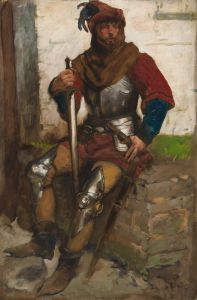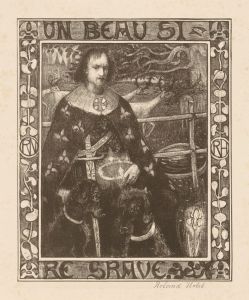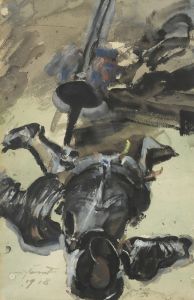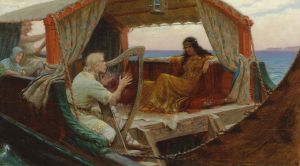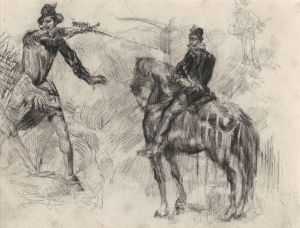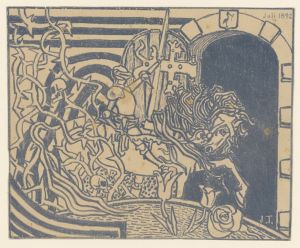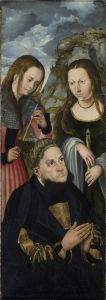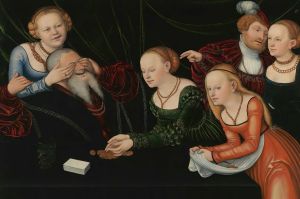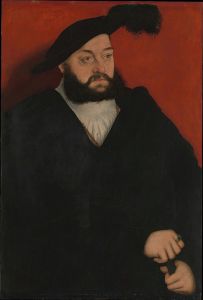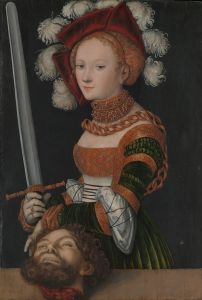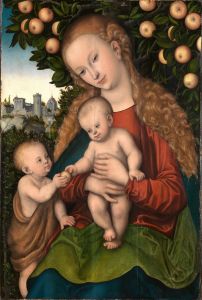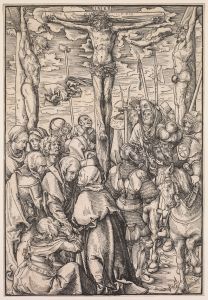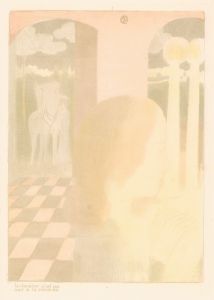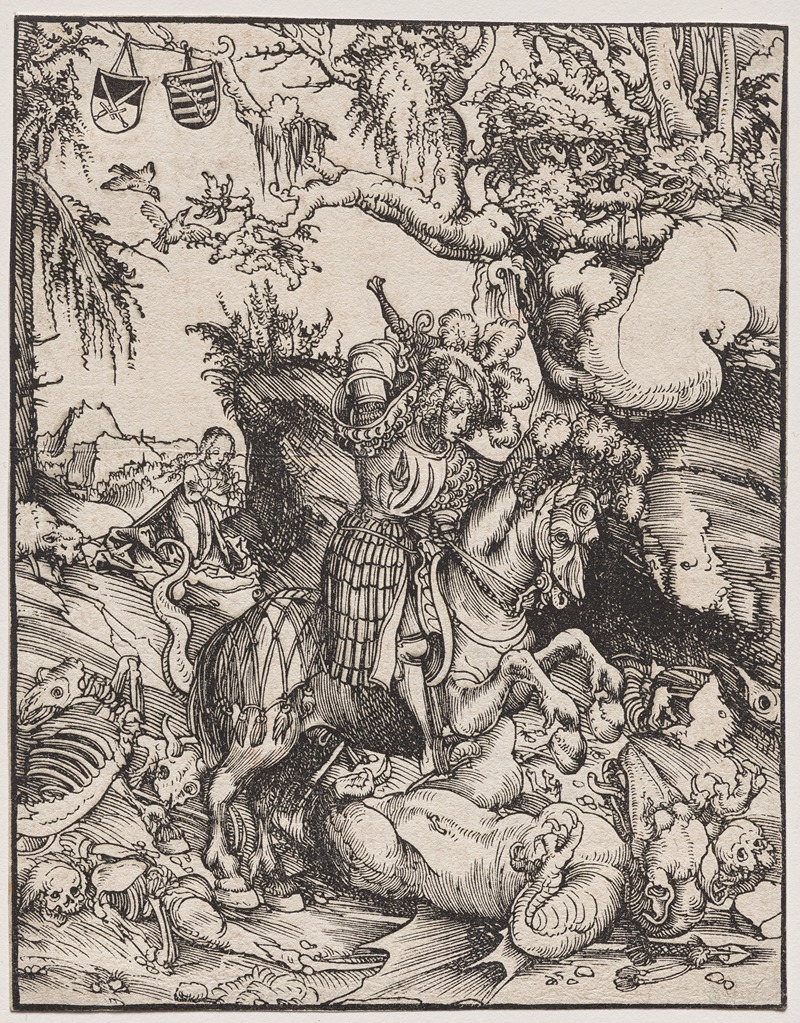
Saint George Slaying the Dragon
A hand-painted replica of Lucas Cranach the Elder’s masterpiece Saint George Slaying the Dragon, meticulously crafted by professional artists to capture the true essence of the original. Each piece is created with museum-quality canvas and rare mineral pigments, carefully painted by experienced artists with delicate brushstrokes and rich, layered colors to perfectly recreate the texture of the original artwork. Unlike machine-printed reproductions, this hand-painted version brings the painting to life, infused with the artist’s emotions and skill in every stroke. Whether for personal collection or home decoration, it instantly elevates the artistic atmosphere of any space.
"Saint George Slaying the Dragon" is a renowned painting by Lucas Cranach the Elder, a prominent German Renaissance artist. Cranach, born in 1472 in Kronach, was a leading figure in the Northern Renaissance, known for his portraits, religious subjects, and mythological scenes. He was a court painter to the Electors of Saxony and a close friend of Martin Luther, which significantly influenced his work.
The painting depicts the legendary tale of Saint George, a Christian martyr and soldier, who is celebrated for his bravery in slaying a dragon to save a princess and her town from destruction. This story, part of the "Golden Legend," a collection of hagiographies by Jacobus de Voragine, became a popular subject in medieval and Renaissance art, symbolizing the triumph of good over evil.
Cranach's interpretation of this legend is notable for its vivid detail and dynamic composition. The painting typically features Saint George mounted on a horse, clad in armor, and wielding a lance or sword to combat the dragon. The dragon is often depicted as a fearsome creature, emphasizing the peril and heroism of the scene. In the background, the princess, often shown in a state of distress or prayer, adds a narrative depth to the artwork.
Cranach's style is characterized by its meticulous attention to detail, vibrant colors, and expressive figures. His works often exhibit a blend of Gothic and Renaissance elements, reflecting the transitional period in which he worked. The landscapes in his paintings are particularly noted for their intricate detail and atmospheric quality, contributing to the overall drama and tension of the scene.
"Saint George Slaying the Dragon" is one of several versions Cranach created on this theme, each varying in composition and detail. These works are housed in various collections, including prominent museums and galleries, showcasing Cranach's enduring influence and the popularity of this legendary subject.
Cranach's depiction of Saint George is not only a testament to his artistic skill but also reflects the cultural and religious milieu of his time. The painting embodies the chivalric ideals and Christian virtues that were highly esteemed during the Renaissance. Moreover, it illustrates the artist's ability to convey complex narratives through a single, powerful image.
Lucas Cranach the Elder's contributions to art extend beyond his paintings. He was also an accomplished printmaker, producing numerous woodcuts and engravings that further disseminated his work and ideas. His legacy continued through his workshop, which included his son, Lucas Cranach the Younger, ensuring the continuation of the Cranach artistic tradition.
In summary, "Saint George Slaying the Dragon" by Lucas Cranach the Elder is a significant work of art that captures the essence of a timeless legend through the lens of Renaissance artistry. It highlights Cranach's mastery in blending narrative, symbolism, and technique, making it a valuable piece for both historical and artistic study.





